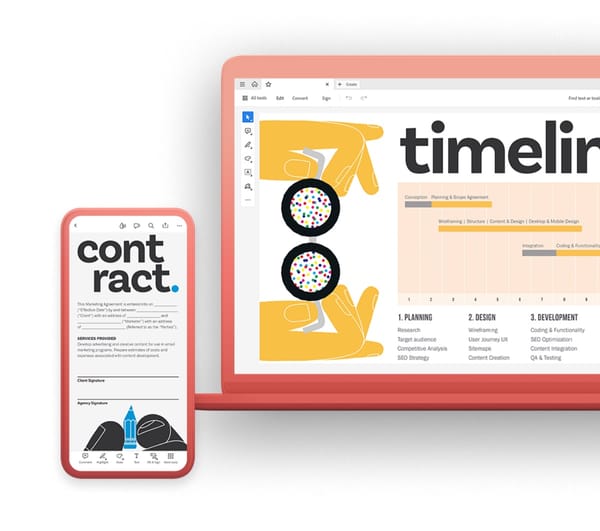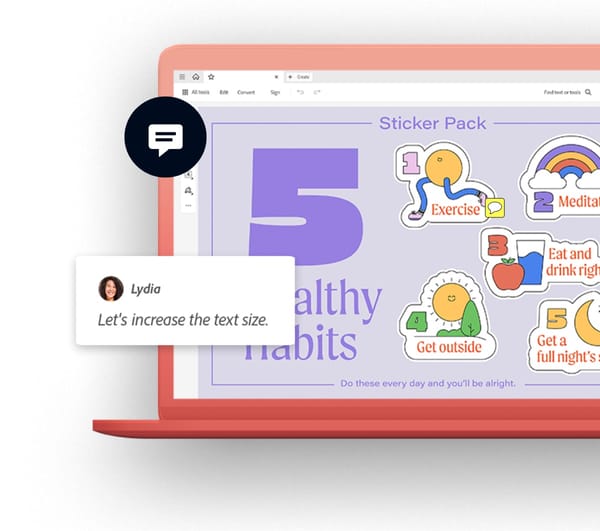Organizing Artboards in Photoshop
Organizing artboards in Photoshop is crucial for a well-structured and efficient design workflow. Proper organization helps you maintain control over your design elements, ensures consistency in layout, and facilitates collaboration with others.
Here are some effective strategies for organizing artboards in Photoshop:
1. Use Descriptive Names: Assign meaningful names to your artboards to quickly identify and distinguish them. Use relevant keywords that describe the content or purpose of each artboard.
2. Group Related Artboards: Group artboards that belong together to streamline editing and manipulation. This allows you to work on multiple artboards simultaneously and maintain consistent formatting.
3. Apply Color Coding: Color-code artboards to visually differentiate between different sections of your design. This can enhance organization and make it easier to identify specific artboards at a glance.
4. Utilize Guides and Grids: Employ guides and grids to align and position artboards precisely. This ensures a consistent and well-structured layout for your designs.
5. Leverage the Artboards Panel: Regularly utilize the Artboards panel to manage and organize your artboards. It provides a centralized overview of all your artboards, allowing you to create, delete, resize, and rename them easily.
6. Employ Smart Objects: Use Smart Objects to contain repeating elements within your design, such as logos, headers, or footers. This simplifies editing and maintenance of shared design elements across multiple artboards.
7. Create Master Artboards: Establish master artboards that serve as templates for other artboards. This promotes consistency in design elements and reduces the need for repetitive manual adjustments.
8. Utilize Symbols: Utilize symbols to create reusable design elements that can be easily inserted and edited across multiple artboards. This streamlines the design process and ensures consistency in layout and style.
9. Consider Layout Templates: Develop layout templates for common design scenarios, such as website pages, social media posts, or mobile app screens. This saves you time and effort when creating new designs.
10. Employ Collaboration Features: Leverage Photoshop’s collaboration features to work with others on the same design project. This allows for shared editing, feedback, and version control.


